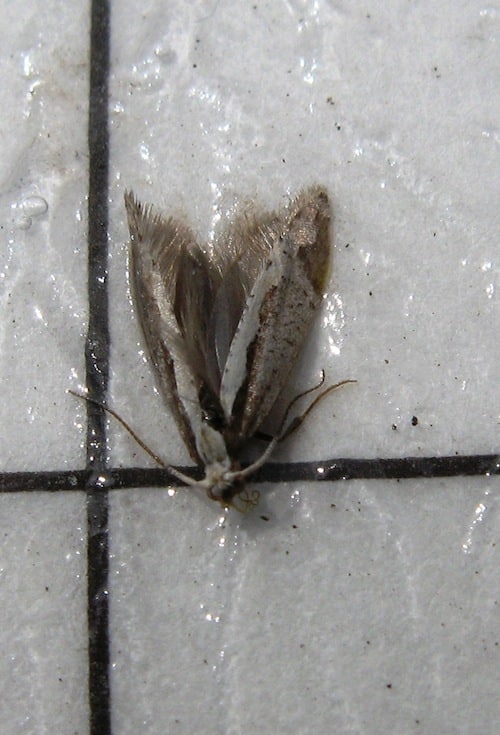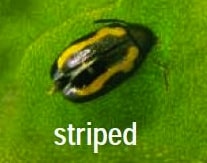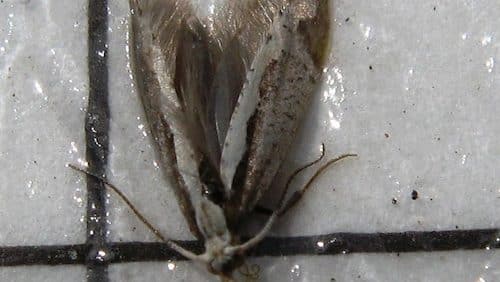
Diamondback moth numbers high, early
Adult diamondback moth numbers are higher than usual in the southern Prairie for this time of year. Diamondback moth larvae are not a threat to canola until later in the season, and a lot can happen between now and then. Rain can drown young larvae and natural parasitoids can feed on larvae, possibly reducing a high population to below economic levels. By scouting for early presence of adult moths and taking counts, entomologists can estimate regions where diamondback moth are at higher risk of reaching economic levels. But whether that population gets large enough to warrant a spray will be determined by looking for larvae on the plants .
If growers encounter diamondback larvae feeding on canola seedlings and rosettes, use defoliation thresholds similar to those for flea beetle damage. Although an economic threshold for diamondback moth on canola seedlings has never been properly tested, a nominal threshold of 25-33% defoliation, with larvae still present on plants, can be applied for canola at seedling stage.
Watch for striped flea beetles
Striped flea beetles seem to be more common each year, especially in the northern canola growing regions. Research suggests that a population of striped flea beetles may do more feeding on seed-treated canola prior to control than a similar population of the crucifer type, so look closely when scouting. Seed treatments also work best under warm dry conditions. If wet and cool, look for feeding on the underside of leaves and for girdling of stems. Listen to AAFC entomologist Julie Soroka talk about new flea beetle research on ACPC radio.

Cutworms active already. Samples from northwest Saskatchewan confirm that cutworms are already out and active in that region. The species is probably dingy, which overwinters as larvae.
